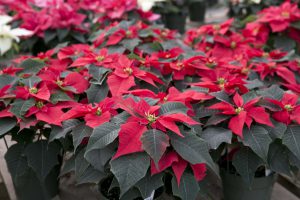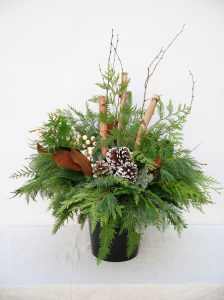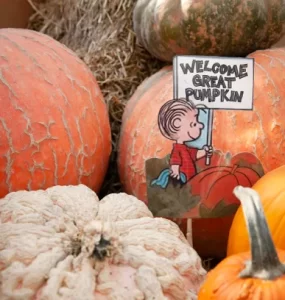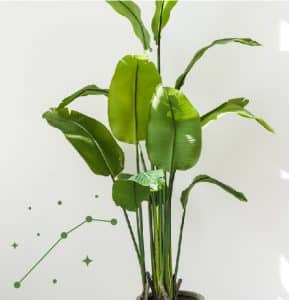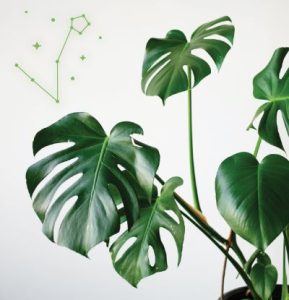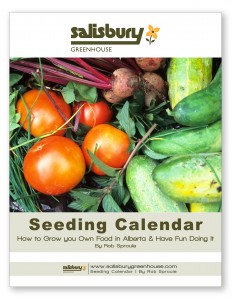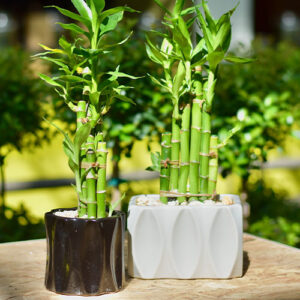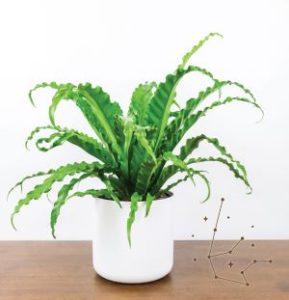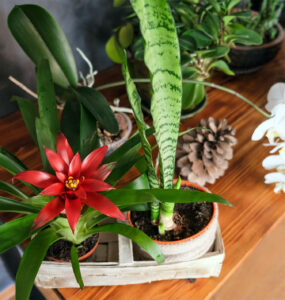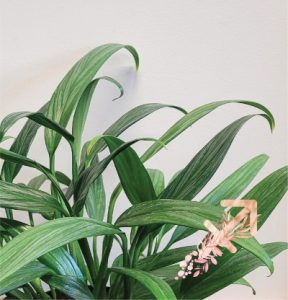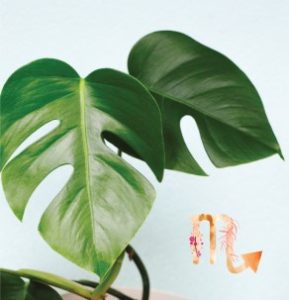Seed Bombs
by Rob Sproule
Seed bombs, also called Green Grenades, are pretty much the coolest thing I’ve ever seen. They’re the artillery of guerrilla gardening, projectiles that throw seedy shrapnel across vacant lots and neglected sites everywhere.
Guerrilla gardening is a clever way of saying “gardening where you’re not allowed to.” It’s graffiti with wild flowers and carrots instead of paint. While its modern incarnation traces back to Liz Christy flying balloons full of tomato seeds over New York in 1973, it’s actual history goes back much farther. Anyone who has sung a song about John Chapman, better known as Johnny Appleseed, has crooned guerrilla gardening’s praises.
Many guerilla gardeners self identify as “rurbanites,” which refers to city dwellers with such a passion for natural areas that they innovate ways to bring the rural into urban settings. Others are simply neighborhood residents, usually deep in cities, who are fed up with ugliness around them and become vigilantes to make it something beautiful.
They typically work illegally, trespassing on squalid lots, derelict commercial plots or neglected parks, trowels in hand and a vision their minds. If they’re politically savvy enough, they’re sometimes able to convince their municipalities to allow their creations to exist, but more often they are destroyed.
I saw such a project on the east side of Toronto. Residents of low income walk-ups, tired of watching children play in the blatant hazards of abandoned industrial dumping sites circling their back parking lot, created an incredible garden and communal space. When I last spoke with them, their project was still deemed illegal but they were negotiating with the city.
The irony guerrilla gardening is that while it uses a chillingly militant lexicon, the only invading it’s devotees do is with flower and vegetables. Creative gardeners have fashioned the bombs into grenade and even revolver shapes, and terms like projectile and ammunition make strange bedfellows with their goal of making the world more sustainable and beautiful.
Seed Bombs 101
Seed bombing, also known as aerial reforestation, allows guerilla gardeners to hurl balls of compressed seeds and clay form bikes or cars. It’s a less risky, albeit less accurate, method of planting.
Seed bombs’ brilliance is their simplicity. Nothing more than balls of clay, soil, and seeds, they’re the catalyst of a fresh patch of life when used correctly.
A perfect seed bomb is like is about the size of a golf ball with a cookie dough consistency. It needs to be firm enough to hold together during flight but loose enough to crumble upon impact and subsequent rains.
Although their genesis is social activism, seed bombs have endless uses. You can “bomb” your yard for ridiculously easy wildflower patches, or you can get the kids involved and make them an engaging project with just the right “dirtiness” factor.
Thrown on the open ground, the bombs need rain to break down the binding clay and let the seeds contact ground to sprout. At home, you’ll have better, and faster, germination of you slightly bury and break them apart, then water generously.
Making your own Seed Bomb
I recommend choosing low-maintenance, hardy plants including wild flowers, grasses, and herbs. In Alberta, this limits our options dramatically but it will keep your bombing more successful and true to its sustainable roots.
Avoid prima-donna annuals and tropical edibles. Even if petunia or papaya bombs actually germinate (tropical plants need warmer temperatures than our ground often offers), the plants require ongoing hands-on care, will die when in the winter and cost considerably more per seed than native species.
Once your bombs are made, let them harden for a day so they don’t fall apart. You can store them in old egg cartons in the fridge, but if they get wet they may start to sprout (which would be another fun experiment with the kids).
Things to Watch Out for
While I’ve never heard of anyone doing hard time for planting daisies, it’s illegal to throw seed bombs onto private property. I don’t condone illegal action of any kind, so please restrain your bombardment to your yard or areas where you have explicit permission to plant in.
Be wary to not confuse hardy plant species with invasive ones. Check the invasive plants in your area (typically available from the municipality website) before buying seed; just because it’s in a commercial package doesn’t mean it’s not invasive.
Use caution if you’re ground collecting seeds. Spreading invasive species can be extremely damaging to fragile ecosystems.
If you’re reclaiming a potentially toxic site where chemicals may have leeched into the soil, avoid planting veggies. Edibles, especially root veggies, will pull toxins into their cells, from surrounding soils. Plant sunflowers, instead, which purify the soil as they grow!


